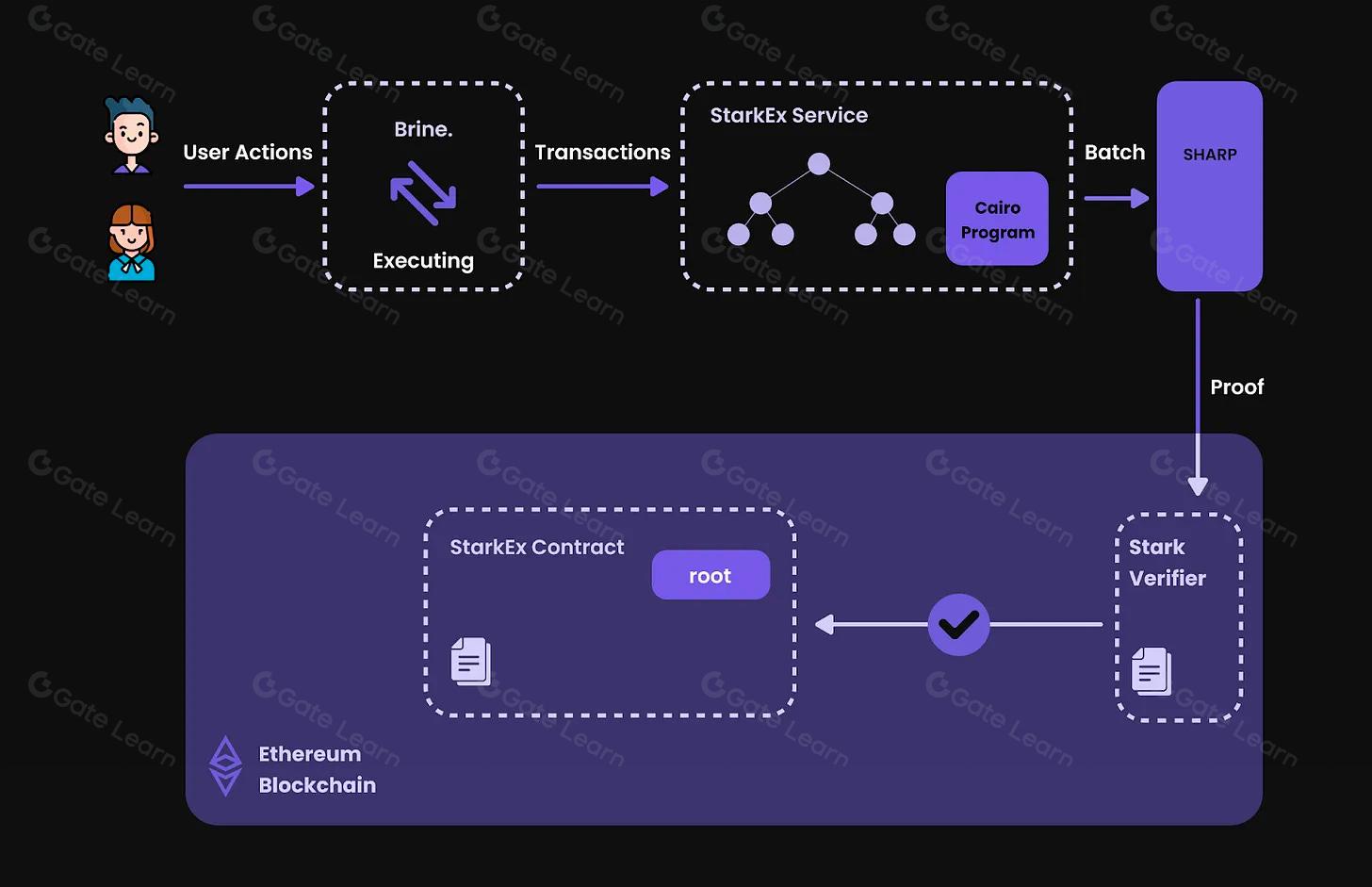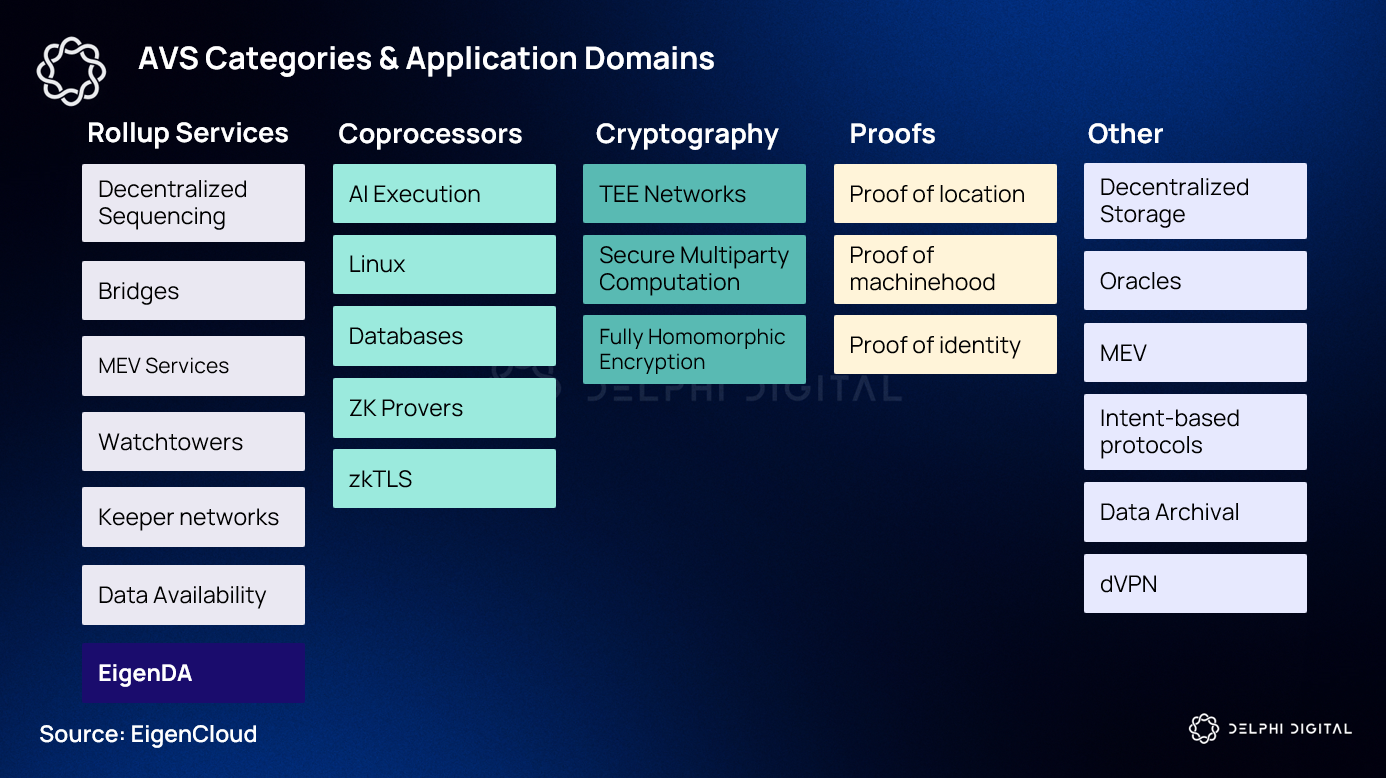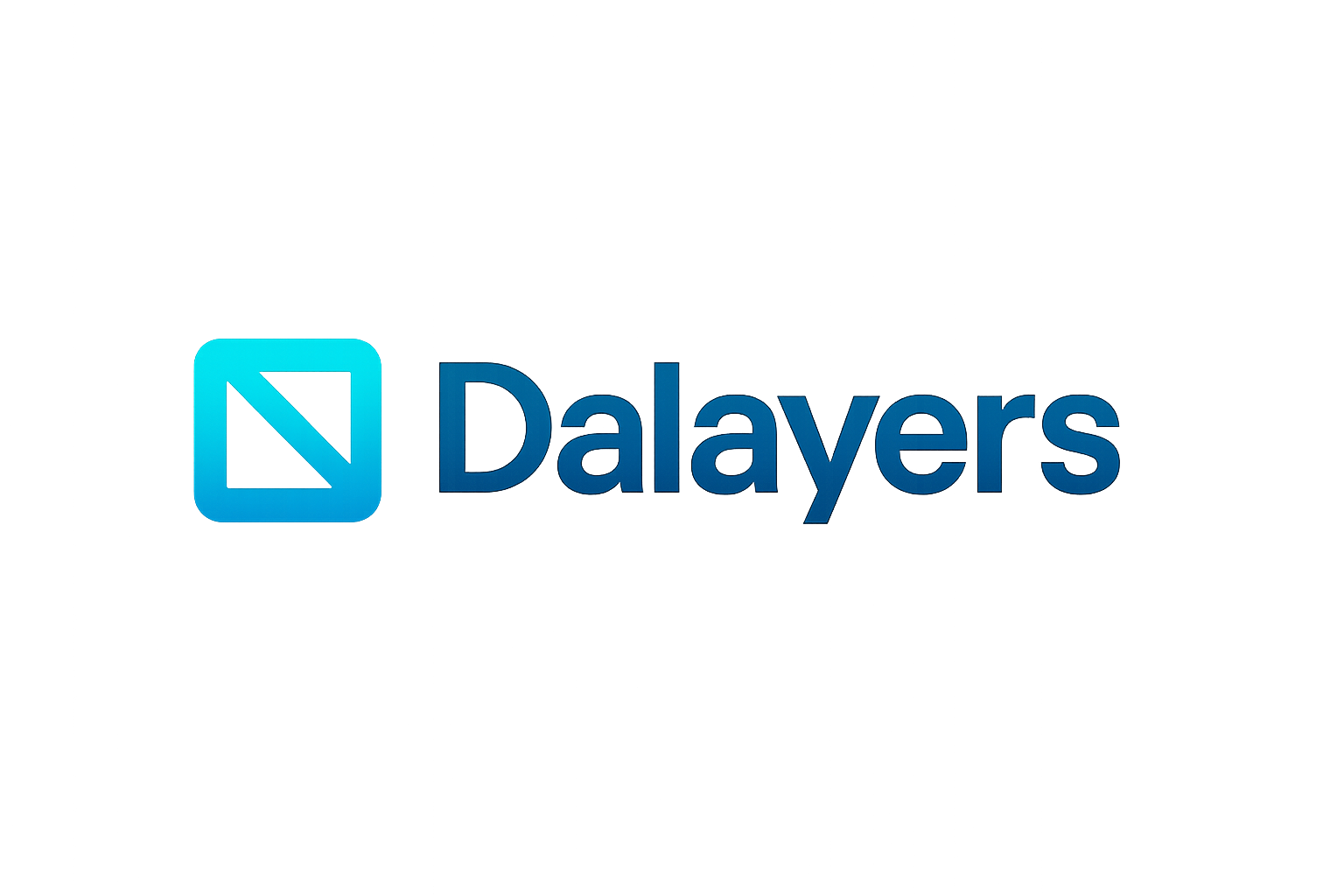
When building a next-generation blockchain, selecting the right modular data availability (DA) layer is a foundational decision. Modular DA layers like EigenDA and Celestia are at the forefront of scalable blockchain architectures, each offering unique trade-offs in security, performance, and integration. As rollups and appchains proliferate, understanding these solutions is crucial for developers seeking efficient and secure data availability.

Technical Architecture: Ethereum-Embedded vs Sovereign Modularity
EigenDA is engineered as a middleware solution within the Ethereum ecosystem. It doesn’t run its own consensus; instead, it leverages EigenLayer’s restaking protocol, allowing Ethereum validators to re-stake ETH to secure data availability. This approach makes EigenDA highly attractive for projects that want deep compatibility with Ethereum’s validator set and security guarantees. Integration is streamlined for Ethereum-native rollups or dApps seeking to minimize friction.
Celestia, by contrast, operates as an independent blockchain using Tendermint Proof-of-Stake consensus. Its architecture is designed from the ground up for modularity: developers can launch execution environments (rollups or sovereign chains) on top of Celestia’s DA layer without inheriting execution or settlement logic. This sovereignty-first approach allows teams to customize their stack while relying on Celestia’s robust DA guarantees.
Data Availability Assurance: KZG Commitments vs Data Availability Sampling
The core function of a DA layer is to ensure that transaction data is truly available for verification and dispute resolution. Here’s how each contender addresses this:
- EigenDA: Utilizes KZG commitments, enabling succinct validity proofs without fraud proofs. This cryptographic technique ensures that data posted by rollups can be quickly verified, but it does introduce computational demands on participating nodes.
- Celestia: Implements Data Availability Sampling (DAS), empowering light nodes to probabilistically verify that all block data has been published without downloading everything. Coupled with Namespaced Merkle Trees (NMTs), it lets applications retrieve only relevant portions of data, crucial for scalability and efficiency.
Performance Benchmarks: Throughput, Latency, and Scalability
EigenDA currently leads in raw throughput metrics, reportedly handling up to 50 MB/s with average latencies around 5 seconds per batch. Its design enables nodes to reconstruct missing data from small chunks shared across the network, an advantage when node participation fluctuates or partial outages occur.
Celestia’s scalability model hinges on increasing the number of light nodes performing DAS. As more light clients participate, collective bandwidth increases and larger block sizes remain feasible without sacrificing decentralization or accessibility for resource-limited validators.
Ecosystem Alignment and Integration Considerations
The optimal DA solution often depends on your project’s ecosystem alignment:
- If you’re building within Ethereum’s orbit, leveraging existing tooling, liquidity, or validator relationships provides EigenDA offers seamless integration and familiar security properties via restaked ETH.
- If your project values sovereignty or plans to support diverse execution environments (including Cosmos SDK chains), Celestia provides a flexible modular platform with broad compatibility.
Dive deeper into technical nuances at this in-depth comparison of EigenDA and Celestia for rollup ecosystems.
Cost dynamics can be a decisive factor for teams seeking long-term sustainability. EigenDA reduces data availability costs for Ethereum rollups by allowing off-chain transaction processing and posting compressed proofs back to Ethereum, which alleviates mainnet congestion and minimizes fees. On the other hand, Celestia leverages its modular PoS architecture to deliver consistently low DA costs, as developers avoid the overhead of launching or maintaining their own consensus or DA layers. This cost-efficiency is especially attractive for projects aiming to scale horizontally across multiple appchains or execution environments.
| Feature | EigenDA | Celestia |
|---|---|---|
| Consensus Mechanism | Ethereum (via EigenLayer restaking) | Tendermint PoS (native chain) |
| Data Availability Proofs | KZG Commitments | DAS and NMTs |
| Throughput/Latency | Up to 50 MB/s/~5s latency | DAS scaling with light nodes; block sizes grow with participants |
| Ecosystem Focus | Ethereum-native L2s and rollups | Sovereign chains, Cosmos SDK, EVM rollups |
| Security Model | Tied to re-staked ETH on Ethereum validators | TIA staking on Celestia validators (PoS) |
| Cost Efficiency | L2 batch compression lowers fees on Ethereum mainnet | No need for custom DA/consensus stack; low deployment cost for new chains |

Developer Experience and Future-Proofing Your Stack
The developer experience diverges sharply between these two modular DA solutions. Teams building within the Ethereum ecosystem will find EigenDA’s integration path straightforward, existing infrastructure, tooling, and validator relationships can be reused with minimal friction. For those prioritizing sovereignty or seeking multi-chain flexibility, Celestia’s modularity supports a broader spectrum of execution environments and governance models.
The pace of innovation in modular data availability is rapid. Both platforms are investing heavily in research and community growth: EigenDA benefits from Ethereum’s evolving restaking landscape, while Celestia is fostering a diverse ecosystem of sovereign rollups and Cosmos-native chains. If your project roadmap includes cross-chain interoperability or experimentation with new virtual machines (VMs), Celestia’s open design may offer more headroom.
Which Modular DA Layer Should You Choose?
Your decision should anchor on three pillars:
- Ecosystem alignment: If you require deep Ethereum compatibility, especially for L2 rollups, EigenDA is purpose-built for this use case.
- Sovereignty and flexibility: If you want to launch customizable blockchains or support diverse VMs, Celestia’s modularity is unmatched.
- Cost and scalability: Both offer competitive economics at scale; consider projected throughput needs and validator incentives when modeling long-term costs.
The right choice will depend on your technical roadmap, user base expectations, and appetite for ecosystem lock-in versus sovereignty. For a granular breakdown of trade-offs across leading DA layers, including Avail, see this comparative guide: Comparing DA Layers: Celestia vs Avail vs EigenDA.






